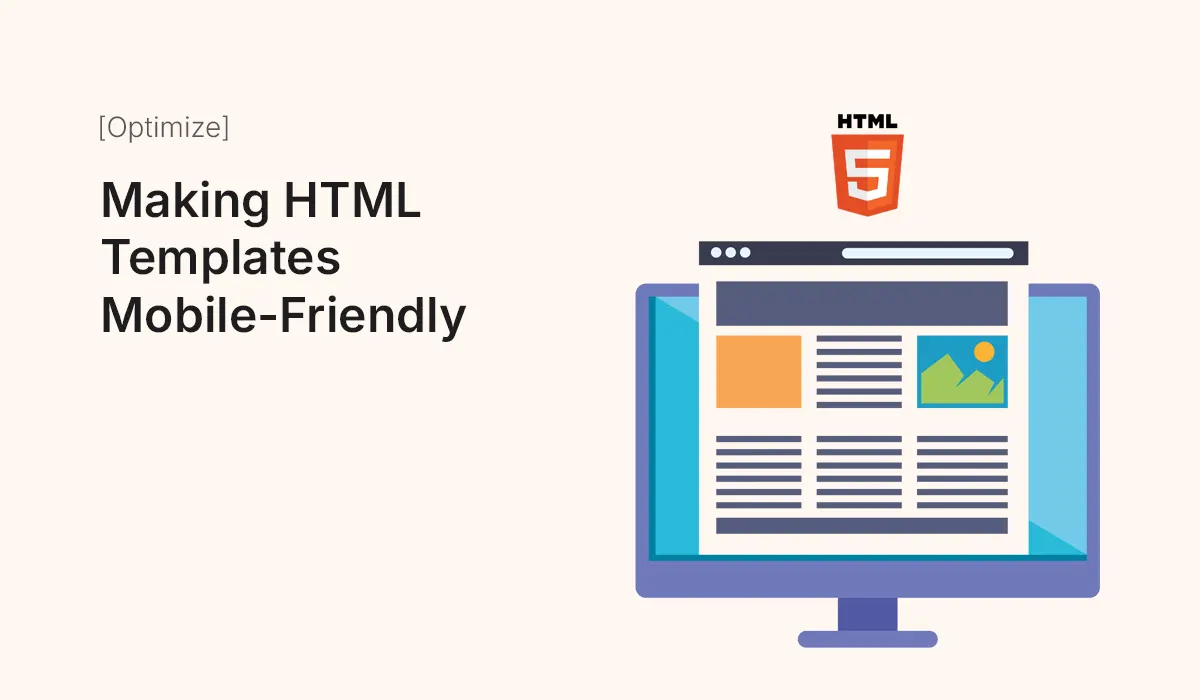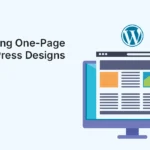Introduction
In 2025, mobile traffic dominates the web. Google’s mobile-first indexing makes it clear: if your HTML templates aren’t mobile-friendly, your website may lose traffic and rankings.
This guide shows you how to make HTML templates fully responsive and mobile-friendly, covering best practices, common pitfalls, and techniques to ensure your site looks great on all devices.
Why Mobile-Friendly HTML Templates Matter
- User Experience: Visitors expect seamless navigation on smartphones and tablets.
- SEO Benefits: Google prioritizes mobile-friendly websites in search rankings.
- Faster Load Times: Mobile-optimized sites reduce bounce rates.
- Cross-Device Compatibility: Ensures your site works on various screen sizes and resolutions.
- Professionalism: A responsive template conveys credibility.
Use the Viewport Meta Tag
The viewport meta tag tells browsers how to scale and render your site on mobile devices.
<meta name="viewport" content="width=device-width, initial-scale=1.0">
Tips:
- Always include it in the
<head>section. - Avoid fixed-width layouts that don’t adapt to screen sizes.
Choose a Responsive Layout
- Use CSS Flexbox or CSS Grid for layout.
- Avoid tables for structuring main content.
- Example using Flexbox:
.container {
display: flex;
flex-wrap: wrap;
}
.card {
flex: 1 1 300px;
margin: 10px;
}
Media Queries
Media queries let you apply CSS rules based on screen size.
/* Mobile styles */
@media (max-width: 768px) {
.container {
flex-direction: column;
}
header, footer {
text-align: center;
}
}
Tips:
- Start with a mobile-first approach (base styles for small screens, then scale up).
- Use breakpoints that match your content needs, not just device sizes.
Flexible Images and Media
- Set images to be responsive using:
img {
max-width: 100%;
height: auto;
}
- Avoid fixed-width images that break layouts on small screens.
- Use modern image formats like WebP or AVIF for faster mobile loading.
Optimize Typography
- Use relative units (
em,rem,%) instead of pixels for fonts. - Ensure text is legible on small screens:
body {
font-size: 1rem; /* 16px base */
}
@media (max-width: 480px) {
body {
font-size: 0.9rem;
}
}
- Maintain line height and spacing for readability.
Simplify Navigation
- Use hamburger menus or collapsible menus for small screens.
- Ensure links and buttons are touch-friendly (minimum 44px x 44px).
- Avoid hover-only interactions—mobile users cannot hover.
Reduce Page Load for Mobile
- Minify CSS, JavaScript, and HTML.
- Compress images and use lazy-loading:
<img src="image.jpg" loading="lazy" alt="Example image">
- Limit heavy scripts and animations that may slow mobile performance.
Test Across Devices
- Use Chrome DevTools Device Toolbar to simulate mobile screens.
- Test on real devices: phones, tablets, and different resolutions.
- Use online tools:
Common Mistakes to Avoid
- Using fixed-width containers or images
- Ignoring viewport meta tag
- Tiny touch targets (links/buttons too small)
- Overloaded pages with heavy scripts
- Ignoring scroll and content flow on small screens
Conclusion
Making your HTML templates mobile-friendly is no longer optional—it’s essential. By implementing responsive layouts, flexible media, media queries, and mobile-optimized typography, your site will look great on any device and perform better in search engines.
Start optimizing your templates today and ensure your website provides a seamless experience for every visitor, on every screen.
Optimize your HTML templates for mobile today! Make your website responsive, fast, and user-friendly to attract more visitors and boost your SEO.






